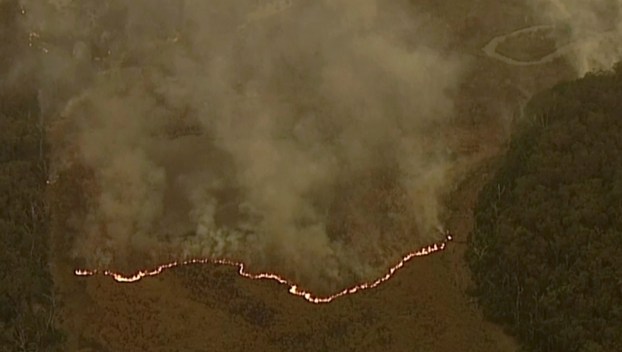
State And Nation
Fires set stage for irreversible forest losses in Australia
Australia’s forests are burning at a rate unmatched in modern times and scientists say the landscape is being ... Read more

Australia’s forests are burning at a rate unmatched in modern times and scientists say the landscape is being ... Read more